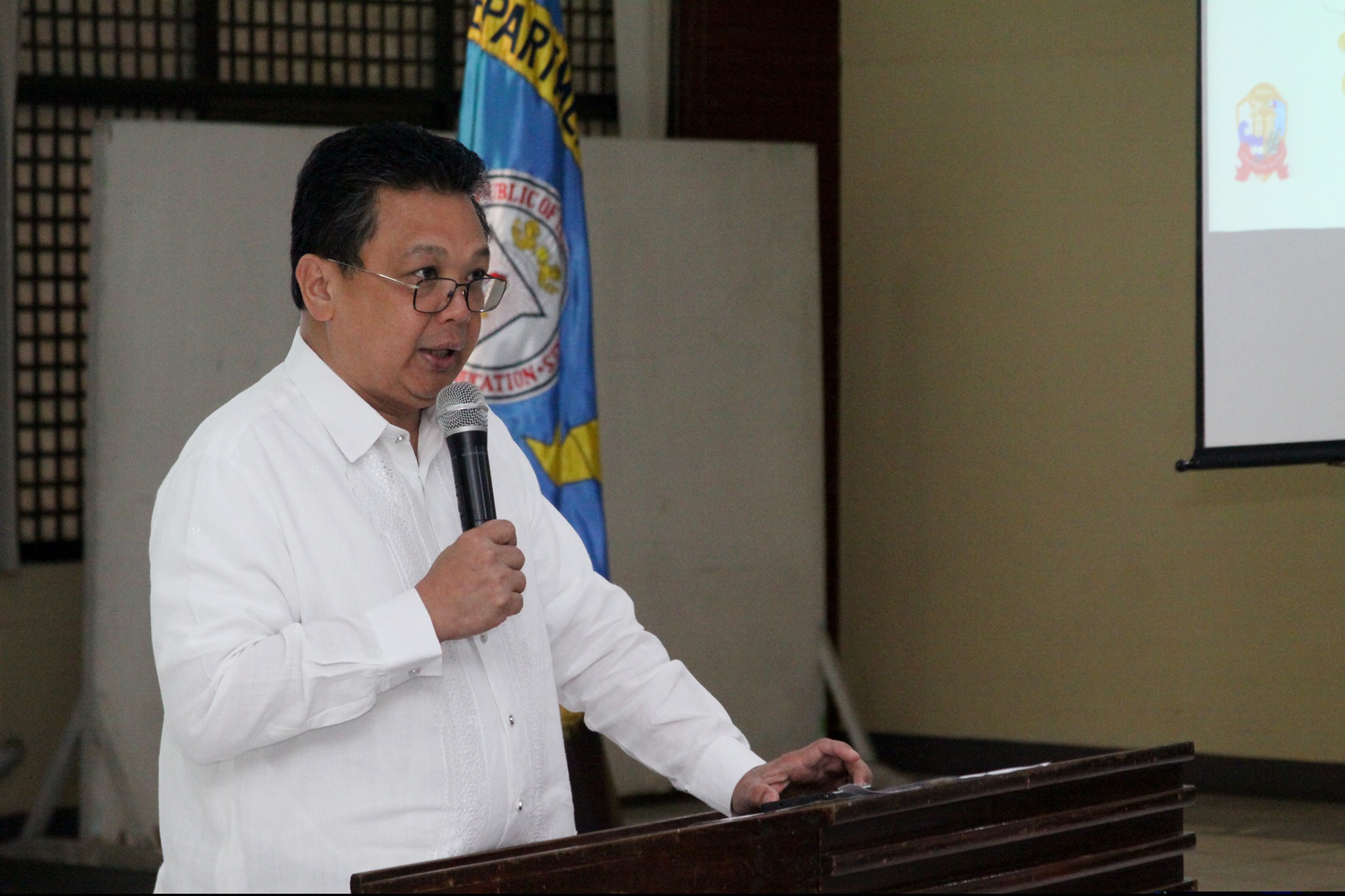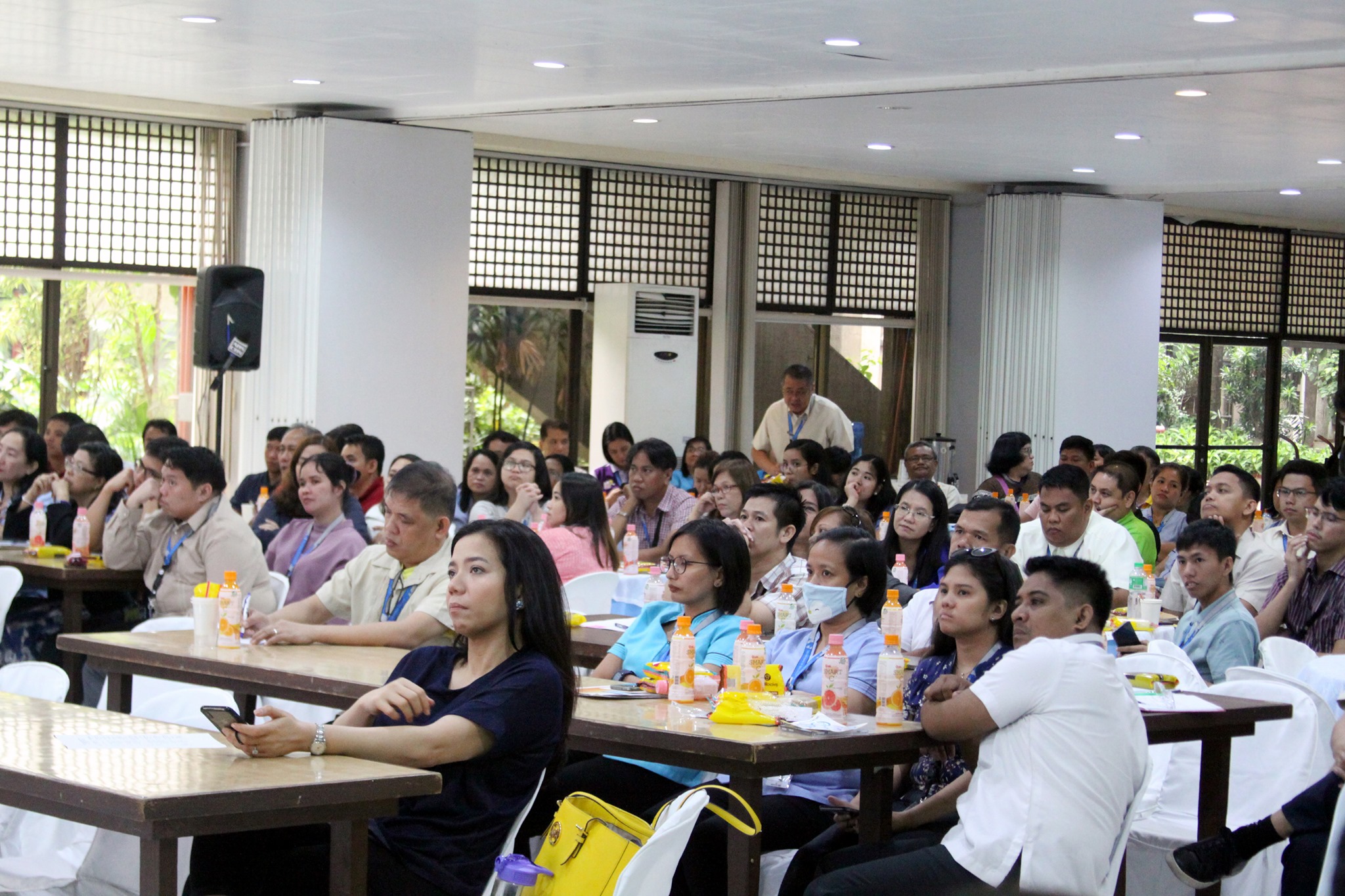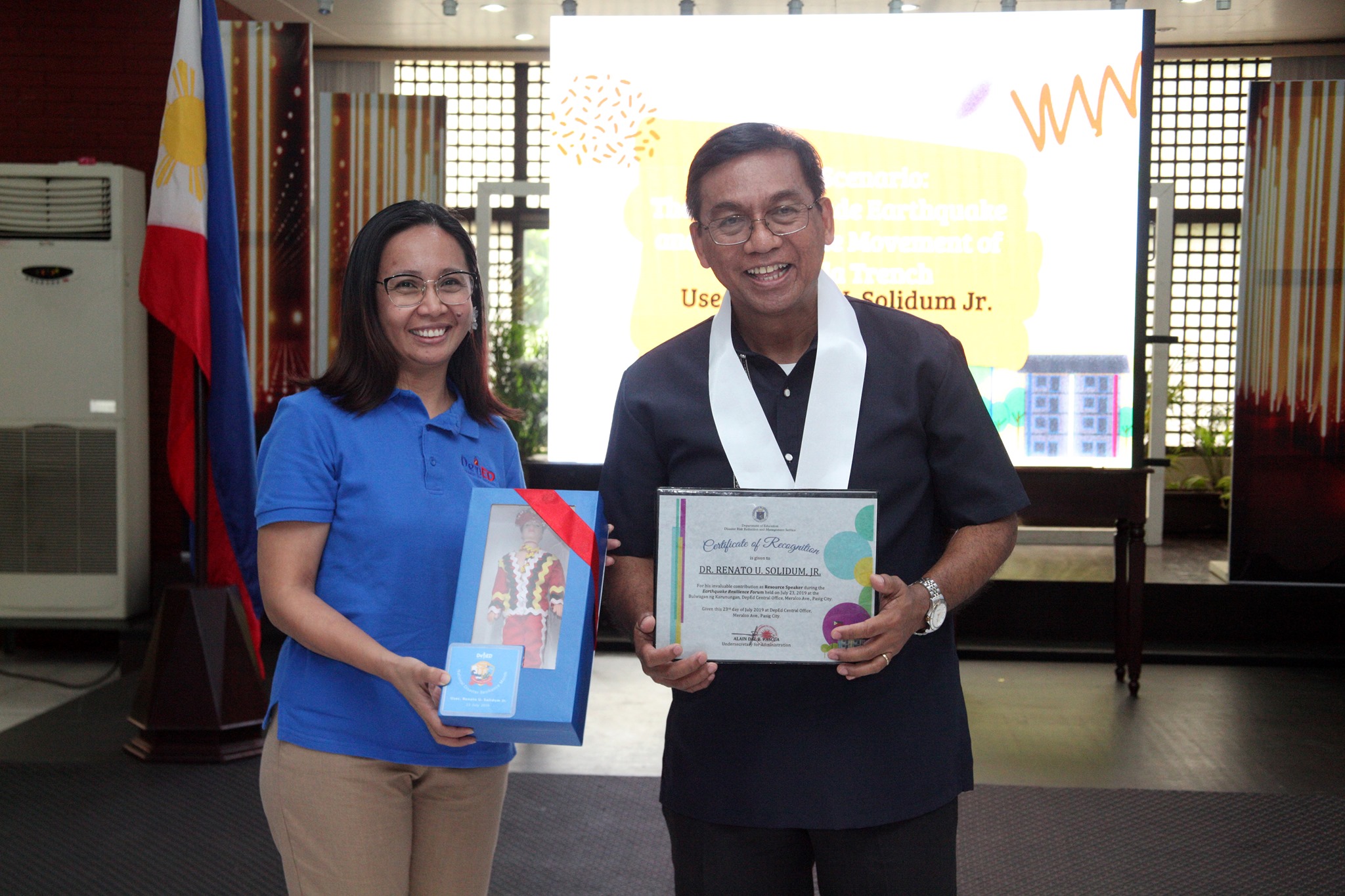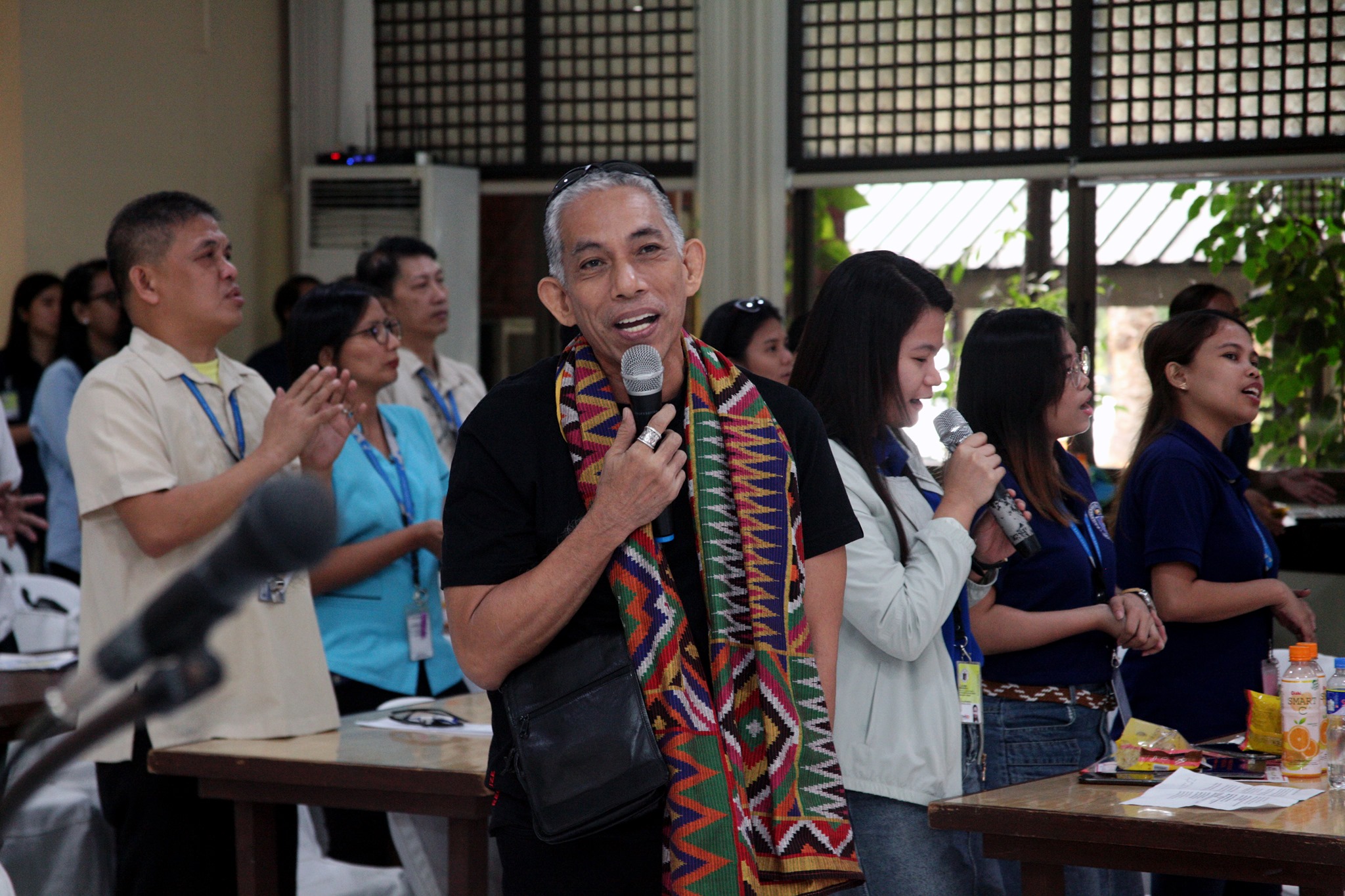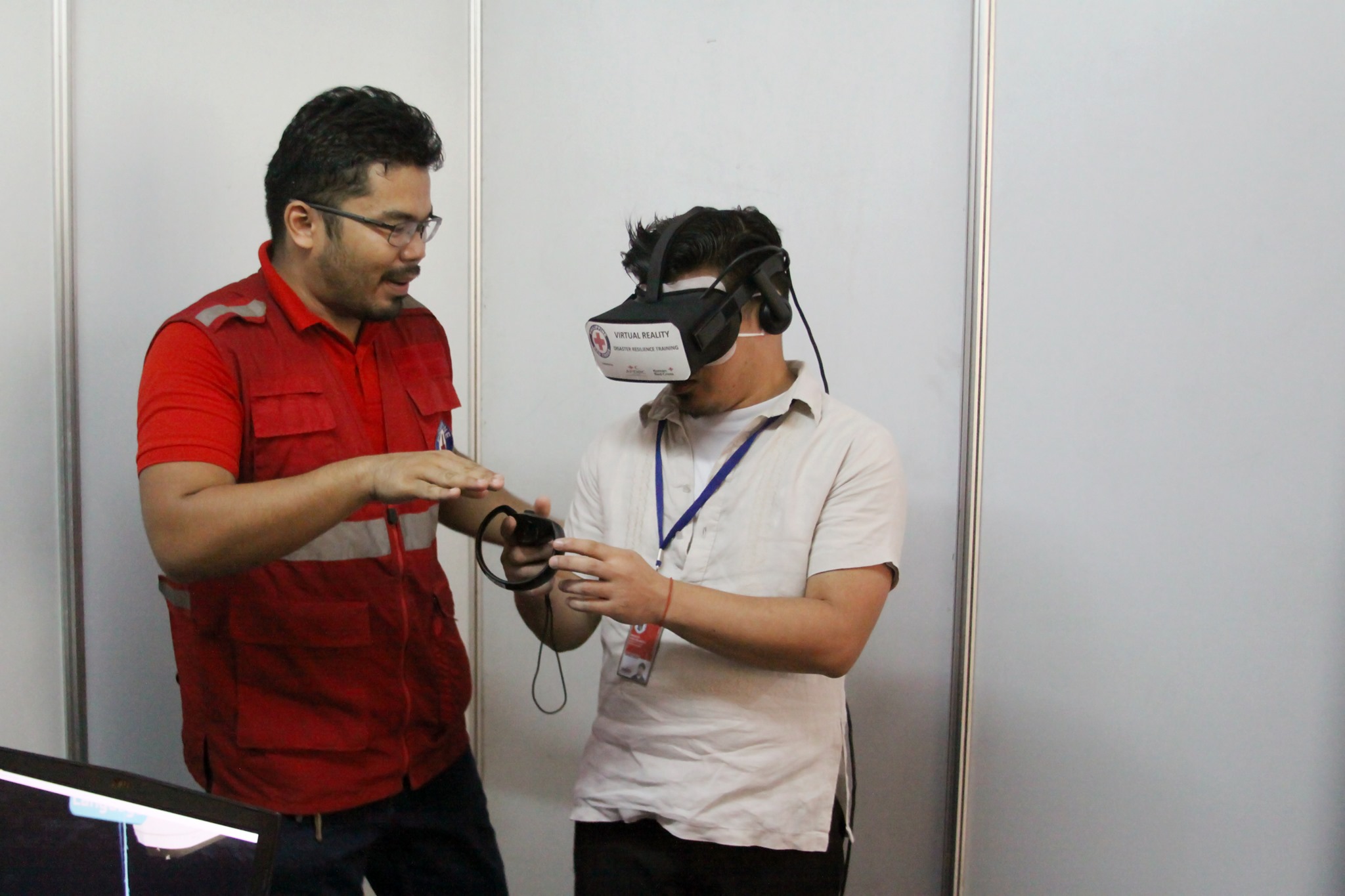PASIG CITY, July 24, 2019 – “The threat of the Big One always looms in the distance,” Department of Education (DepEd) Undersecretary for Administration Alain Del Pascua said during the Earthquake Resilience Forum held in celebration of the National Disaster Resilience Month on July 23 at the Bulwagan ng Karunungan, DepEd Central Office.
The forum focused on Metro Manila’s readiness for a magnitude 7.2 earthquake, also dubbed as the “Big One.” Joan Salcedo, Supervising Science Research Specialist of the Department of Science and Technology–Philippine Institute of Volcanology and Seismology (DOST-PHIVOLCS), discussed the science of earthquakes, as well as the history of major earthquakes in the Philippines.
“Earthquakes do not kill people. Building and structures do. And who has control on these? Nature doesn’t. We have,” Renato Solidum Jr., Undersecretary for Disaster Risk Reduction and Climate Change Adaptation of DOST-PHIVOLCS, said in his visualization of the scenario for the “Big One.”
Solidum also mentioned that the “Big One” scenario is certain, but the day and time cannot be predicted. With this, he highlighted the need for a public service continuity plan as most of the decision-making during disasters is centered in Metro Manila.
Laging Handa
To increase public awareness, the DepEd Disaster Risk Reduction and Management Services (DRRMS) launched the DRRM jingle, “Laging Handa,” written by students from Capiz National High School in the 2017 National DRRM Jingle Making Contest, arranged by Joey Ayala and co-produced by World Vision. “Laging Handa” calls for a pro-active stance in responding to disasters through preparedness.
Regardless of the impending hazard, public schools are being equipped through earthquake preparedness initiatives like drills and DRRM integration in the curriculum, processes, systems, and programs of the Department. Facilities are also being upgraded in accordance with the Public Schools of the Future framework.
Meanwhile, Administration and Climate Change Emergency Storage and Shelter (ACCESS) Buildings are being constructed in schools which only have one floor facilities to serve as safe spaces for DepEd equipment, tools, materials, and supplies that are easily damaged or destroyed when floods and natural calamities happen. Last Mile Schools, which are located particularly in Geographically Isolated and Disadvantaged Areas, are prioritized for improvement of facilities.
Romina Marasigan, Information and Advocacy Chief of the Capacity Building and Training Service, Office of Civil Defense, likewise reinforced the government’s preparedness encapsulated in the Harmonized National Contingency Plan for the Big One. Rhiza Nery, Business Continuity Manager of Philippine Disaster Resilience Foundation, reiterated that government services will continue to exist.
Partners for resilience
As part of the celebration, DRRMS partnered with national government agencies and non-government organizations to provide more information on disaster resilience.
The Metro Manila Development Authority (MMDA) demonstrated the impact of the earthquake with the “Shake, Rattle, and Learn” House, a portable simulation of earthquake magnitudes.
In addition, DepEd personnel attended the Fire Squad Road Show in partnership with the Bureau of Fire Protection–National Capital Region (BFP–NCR) on July 24. They have until July 25 to visit booths of the National Education Cluster Partners and Education Resilience Working Group (ERWG) including UNICEF Philippines, World Vision Philippines, SEAMEO-INNOTECH, Save the Children Philippines, Unilab Foundation, Philippine Red Cross (PRC), Assistance and Cooperation for Resilience and Development Inc. (ACCORD), Plan International, Philippine Disaster Resilience Foundation (PDRF), and Center for Humanitarian Learning and Innovation (CHLI)
END



